This post is part of the RWKC Revealed series, where we look at how we interact with the built environment—where we spend 90% of our lives1.
In Energy Explained: Part 1 we learned about the grid and electricity. In Part 2 we’ll tackle how electricity is generated.
How is electricity generated?
Electricity is most often generated at a power plant by large generators that convert mechanical energy (energy associated with motion and position of an object) into electrical energy (electricity). Regardless of the energy source (i.e., fossil fuels, wind, hydroelectric, geothermal), electricity is frequently generated in a similar way—with a turbine-powered generator.
We’ll get into what all of this means, but let’s start with the source.
What’s the deal with fossil fuels?
In the United States, fossil fuels are our most commonly used energy source, providing about 80% of the energy we use2.

Fossil fuels come from fossils. Hundreds of millions of years ago, plants and animals that were living in the ocean died and sank to the bottom of the ocean floor. The plant and animal remains (“fossils”) were buried under layers of sand and silt, where they were subjected to heat and pressure, turning them into coal, oil (A.K.A. petroleum), and natural gas. This process is slow; it takes hundreds of millions of years, which is why fossil fuels are considered nonrenewable. If you want a more detailed explanation, watch this video.
Fossil fuels contain a lot of stored energy. Before they can be used to generate electricity, they must be extracted from the earth. This process is energy intensive and detrimental to the people involved, as well as to our environment.
How is the stored energy in fossil fuels converted into electricity?
Two things are needed to generate electricity: a source of energy and a way to convert that source of energy into electricity, or the flow of electrons we discussed in Part 1.
Let’s walk through the generation of electricity at a coal-fired power plant. In a coal-fired power plant, coal is heated in a boiler to produce steam. This steam powers a turbine, which is connected to a generator.
This turbine-powered generator converts the stored energy in coal into mechanical energy—the movement of the turbines—and finally, electrical energy. In Part 1, we explained that electricity is the flow of electrons along a conductive surface, such as a metal. A generator is what gets these electrons in motion.
Generators contain conductive wires, often copper, surrounded by magnets. These magnets rotate when steam drives the turbine. When magnets move around the copper wires, electrons in these copper wires start to move around and jump from atom to atom, which, as we know, creates an electric current.
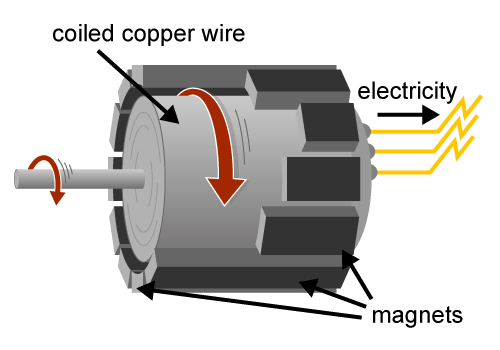
Source: https://www.eia.gov/energyexplained/electricity/how-electricity-is-generated.php
In summary: coal is heated in a boiler to produce steam, which drives a turbine, which powers a generator. The output is electricity! This video provides a simple visual explanation.
How is electricity generated from other energy sources?
Electricity is most commonly generated using steam turbines. This is the process I explained above using a coal-fired power plant as an example. To understand how other power plants generate electricity, we could replace coal in the above explanation with oil, natural gas, or biomass, a renewable source of energy made from organic materials.
Geothermal and nuclear power plants also use steam turbines to generate electricity; however the production of steam differs.
Geothermal power plants can harness steam or hot water directly from underground reservoirs deep in the ground. Pressurized hot water is put in contact with cold water to produce steam. The rest of the process is essentially the same.
Some steam turbines use steam produced with the help of a heat exchanger. Heat exchangers capture heat from one substance and transfer it to another substance without any mixing of the substances. Geothermal power plants may use hot water from geothermal reservoirs to heat another liquid with a lower boiling point, increasing energy efficiency. Nuclear power plants use the heat produced in nuclear reactors to heat a liquid and create steam.
The gif below shows one way that geothermal power plants use steam from underground to generate power.
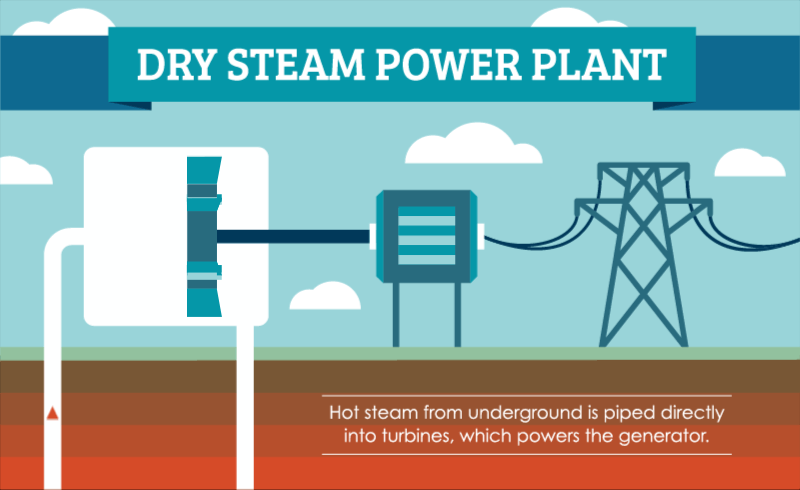
Source: https://www.saveonenergy.com/how-geothermal-energy-works/
Wind and hydropower turbines are used in similar processes to generate electricity. Instead of steam, wind or water drives a turbine to generate power. Solar cells are one of the few ways to generate electricity without a turbine.
So, what have we learned?
- In the United States, about 80% of our electricity comes from fossil fuels.
- Turbine-powered generators convert the stored energy in fossil fuels into the electrical energy we use in our homes.
- Steam turbines are most often used to power the generators at power plants, regardless of the energy source (i.e. fossil fuels, geothermal, nuclear).
Stay tuned for Part 3! We’ll tackle:
- How does electricity get to me?
- What about solar panels?
- Why should I care?
- What can I do to improve this system?
In the meantime, if you have questions or clarifications, comment below!


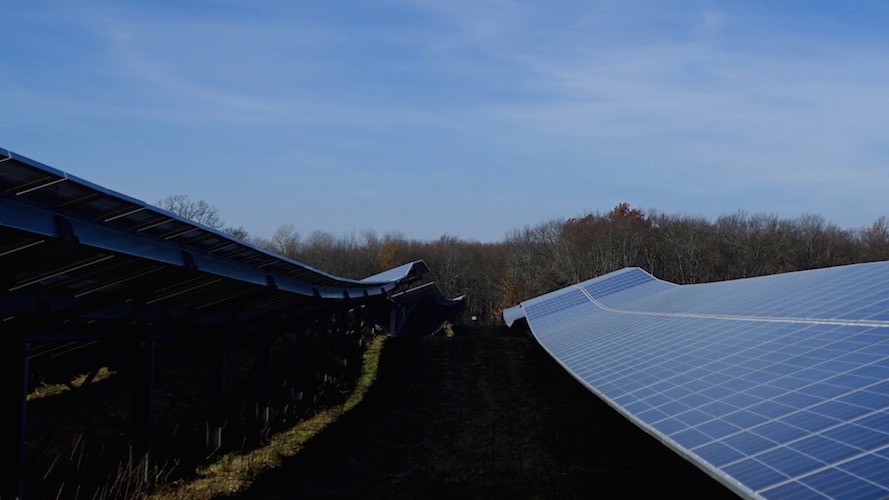
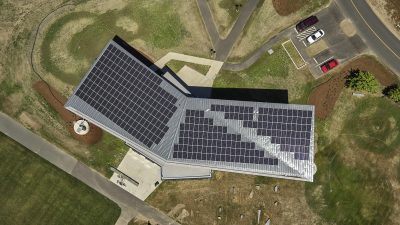
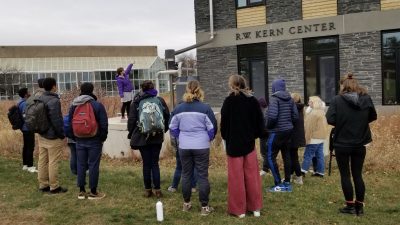
1 comment
Comment by Sister Gervaise Vallpey
Sister Gervaise Vallpey August 24, 2020 at 4:30 pm
Dear Claire,
I am looking for research re cell towers. I need information on why they are not healthy near schools and neighborhoods.
I have appreciated hearing you speak in the past and hope you can help me.
I am a friend of Bill Kern and that is why I know of your wonderful Center, though I live in California.
Thank you for any resources you may have to offer.
Sincerely,
Sister Gervaise Valpey